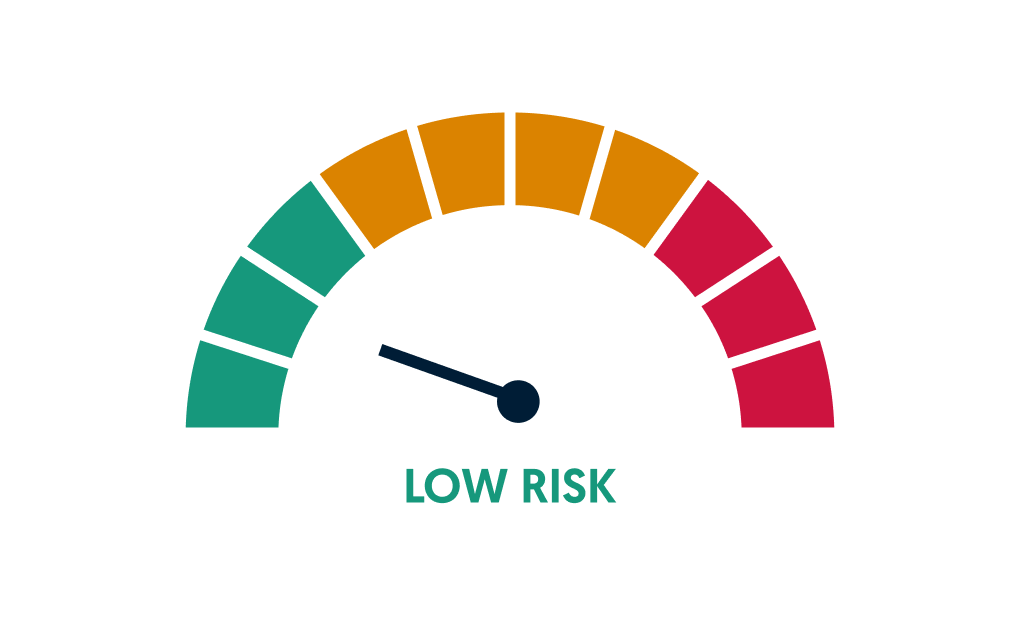Mobile App Terms and Conditions of Use (Goods)
A Mobile App Terms and Conditions of Use (Goods) outlines the Terms and Conditions of Use for a mobile application.
4.4 (16 reviews)
Last updated October 23, 2025
Under 5 minutes
Suitable for Australia
Written by Edwin Montoya Zorrilla
Reviewed by Damin Murdock
Document Overview
A Mobile App Terms and Conditions of Use sets out the rules for people using your Application. It's important that for users to access and use your App that they comply with certain rules.
This document outlines how users can use your App and what is prohibited. It also includes a disclaimer to limit your liability for your App. Having a Mobile App Terms and Conditions of Use is especially important if you are selling goods or services on your App. This document explains the terms, which includes delivery, return, prohibited actions, and refund policies.
The Legal Risk Score of a Mobile App Terms and Conditions of Use (Goods) Template
Our legal team have marked this document as low risk considering:
- Users may find themselves bound by changes to the terms and conditions without prior agreement, as the operator reserves the right to modify terms at any time and only promises to attempt to notify users of these changes.
- There is a limitation on the user's ability to claim for indirect or consequential losses, which might not fully compensate the user for all potential damages experienced due to issues with the purchase services or products.
- The document specifies that any legal disputes must be handled exclusively in the courts of a specific location, potentially disadvantaging users who are based in other regions or countries due to travel and legal representation costs.
Overall, this document places a significant amount of control in the hands of the operator, including the ability to change terms and limit liabilities, which could present higher risks for users compared to more balanced agreements. Users familiar with such documents might understand the typical risks involved but should consider whether the specific limitations and obligations outlined align with their personal or business risk tolerance.

Mobile App Terms and Conditions of Use (Goods) Checklist
Complete your free Mobile App Terms and Conditions of Use (Goods) with our checklist
Review Updated Terms Regularly
Check the application regularly for any updates to the terms and conditions, as changes may take effect immediately upon publication.
Confirm Registration Details
Ensure that all personal information provided during the registration process is accurate and up-to-date to avoid any issues with access to purchase services.
Monitor Purchase Transactions
Keep a close watch on all purchase transactions and save receipts and transaction details for future reference or in case of disputes.
Understand Warranty and Returns
Familiarise yourself with the warranty and returns policies to effectively manage any issues with purchased products or to understand your rights under the Australian Consumer Law.
Use this Mobile App Terms and Conditions of Use if:
- you would like to explain how your App works and its prohibited use;
- you would like to protect the intellectual property on your App;
- you would like to limit liability for your information, outages and third party links;
- you would like to comply with Australian law and regulations,
Why do I need a Mobile App Terms and Conditions of Use?
A Mobile App Terms of Use is an important document for every Mobile Application. It allows the operator to set out the rules for using their App. It also allows the operator to protect their intellectual property and limit their liability for the App.
What does this Mobile App Terms and Conditions of Use cover?
- the user’s rights and a licence to use the App;
- your ownership and intellectual property of the App;
- limiting liability for third party links;
- Australian consumer law and consumer guarantees;
- delivery of goods, returns and refunds policy;
- payment details;
- privacy and a disclaimer for warranties;
- disclosure of information;
- competitor and restricted access.
Do I have to include a Terms and Conditions for my app?
You do not have to include Terms and Conditions for your app, however it is recommended that you do. Terms and Conditions can help prevent the misuse and abuse of your app, limit liability from your company and ensure that the content that you own remains yours.
What should my app Terms and Conditions include?
Your app's Terms and Conditions should include how users can use your app and their obligations and rights when using the app. The Terms and Conditions also contains your rights as the owner of the app and the rights you have over your app and its intellectual property. The Terms and Conditions should outline who is able to download the app and if their are any factors that may restrict the downloading of the app, such as age or country of download. If your app is available for download in other countries, it is essential that you include the different laws that may apply when the app is used in another country.
The Office of the Australian Information Commissioner requires smartphone app developers to embed privacy policies within Terms and Conditions as well. Your Terms and Conditions should also outline the how a user can terminate this agreement, as well as the ramifications of breaching the Terms and Conditions. The Terms and Conditions should also include how personal information is dealt with; how it is stored and how breaches of personal information will be dealt with.
How do I make my app Terms and Conditions binding?
A contract if formed once an offer is proposed and then accepted. When using an app, you are agreeing to the apps Terms and Conditions and are therefore accepting them. From this understanding, a contract is formed. To ensure that the Terms and Conditions are legally binding, ensure that the Terms and Conditions are clearly accessible and viewable before the user downloads the application and when they are using it.
Do I need to include additional terms if I am using third party providers (e.g Google Maps, open-source code)?
Yes, you do need to include additional terms for third party providers if they are used within your app. Especially if these services utilise the function of another party’s service.
Where should I publish my application Terms and Conditions?
Your Terms and Conditions should be published on the platform/s that it can be downloaded from. If your application has a website, the Terms and Conditions should also be viewable on there.
What else can I do to legally protect my app?
There are many other steps that can be taken to protect your app and its intellectual property. You could hire a lawyer to ensure that your app is legally protected. A lawyer can provide you with advice on how to protect your app, as well as ensure that your app is legally protected. Other ways to protect your app include trademarking its name, using non-disclosure agreements and the signing over of copyright from your apps developers. Taking precautions like this, can help ensure that your app is legally protected.
Other documents you may need:
Further information
View Sample Mobile App Terms and Conditions of Use (Goods)
It's never been so easy
Sign-up to a free Lawpath account
Get started and we'll take care of you. It's that easy.
Browse our 500+ legal documents
Browse our 500+ legal documents to find the perfect match to cover your business needs. We've got Compliance, Employment, Service agreements and more.
Collaborate with e-Sign and Sharing
Having access to your legal documents has never been easier. You can request e-signature, share the document and download for an efficient collaboration.
Create unlimited legal documents and eSignatures for only $39/month.
Upgrade to a Lawpath legal plan to boost your new business.


Here's what people say about Lawpath's Mobile App Terms and Conditions of Use (Goods)
Reviews are managed by BazaarVoice and comply with the BazaarVoice Authenticity Policy. Reviews are independently verified by BazaarVoice and detail our customers' real experiences.
0 reviews
Most Recent
Highest to Lowest Rating
Lowest to Highest Rating

